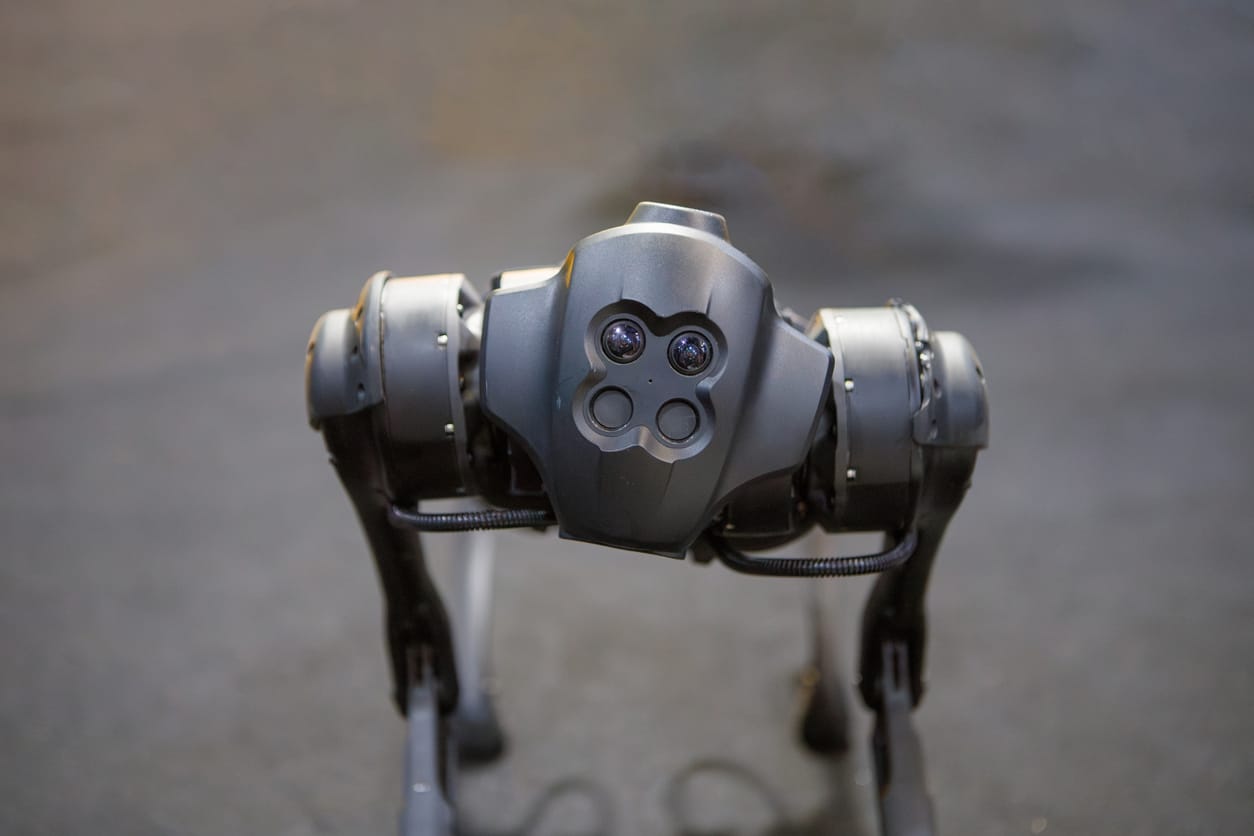
Thousands of UK organisations are looking to undertake technology projects to drive engagement. These digital transformation initiatives can help your organisation better understand and engage with your customers but it’s critical that these projects are undertaken in a commercially effective and legally compliant manner. This month, we’re focusing on our collaboration on AI and connectivity, driving innovation and safeguarding digital infrastructure. Across the UK, incredible projects and fantastic innovation is taking place. We know that these are critical for the UK’s success. From AI to life sciences, medicines to engineering, and beyond, this all contributes to making a difference to lives and businesses across the country.
“Data-driven organiare 23 times more likely to acquire customers, 6 times as likely to retain customers, and 19 times as likely to be profitable as a result.” – McKinsey & Company
In September 2025, the pace of change in technology feels almost dizzying as AI and robotics push boundaries once thought distant. One of the biggest shifts is the rise of agentic AI systems that do more than respond, instead acting proactively, automating workflows, predicting issues in supply chains, and even managing other AI agents. Alongside that, hardware designers are racing to build AI‑PCs and edge devices with dedicated neural processing units so that low‑latency, privacy‑friendly computation can happen on‑device rather than always in the cloud.
In robotics the growth is equally dramatic. Collaborative robots, or “cobots,” are now commonplace in manufacturing, logistics, healthcare and agriculture, working safely alongside human co‑workers by combining force‑limiting sensors and vision systems that let the machines understand their environment in real time. New robotics models are being equipped with AI systems that allow vision‑language‑action capabilities, which mean robots can interpret scenes linguistically and visually and then act with greater autonomy. Google DeepMind’s Gemini Robotics and Gemini Robotics‑ER are examples of this type of system, enabling robots to generalise tasks across environments they were not explicitly trained on.
Another important trend is robotics as a service (RaaS). Instead of requiring huge capital investments, firms are offering robots on subscription models, which makes robotic automation accessible even to small and medium‑sized enterprises. Edge and cloud robotics are being combined so that decision‑making can happen locally (for speed, safety, latency) while high‑level coordination, learning, and updates can be handled remotely.
Humanoid robots are becoming more visible in consumer or service contexts. A recent example is the Chinese tech company Ant Group unveiling its humanoid “R1” robot in a demo setting, cooking shrimp and being shown off for possible future uses in caregiving, tourism and public-facing roles. While its speed and precision are not yet ideal, its existence marks a shift toward more general‑purpose robots.
AI’s influence is extending deeply into robotics’ software layers: reinforcement learning, imitation learning, generative design are being used to teach robots to perform contact‑rich tasks, to adapt to unstructured environments, and even to design their own components. These approaches increase flexibility and adaptability. Ethical AI in robotics—such as making sure robot behaviour is predictable, transparent, safe and aligned with human values—is also emerging as a non‑optional concern, especially as robots are given more autonomy.

In manufacturing, AI‑powered robotics and algorithms are speeding up production of everyday goods—from pet food to shampoo—through predictive quality monitoring, automatic order and supply chain management, and computer vision‑based inspection. The trend toward automation is reducing per‑unit cost and increasing consistency but also raises questions of workforce shift and system reliability.
Another front is underwater or marine robotics, where AI techniques are helping to monitor ecosystems, analyse perception in challenging conditions (low visibility, noise, etc.), and generally expanding where robots can function. These developments are pushing advances in weakly supervised learning, open‑set recognition, and generally more robust perception under degraded conditions.
Cybersecurity remains a cross‑cutting issue: as AI becomes more embedded in robotics, new vulnerabilities emerge. Threats such as AI‑driven, autonomous cyber-attacks or malicious agents that exploit intelligent systems are being taken seriously, and defence tools are adapting by combining AI detection, response, and even quantum‑resistant cryptography.
Finally, sustainability is no longer an add‑on but a driving constraint. Robotics is being deployed to help with environmental goals—from precision agriculture reducing waste and resource use, to more efficient manufacturing, to robotics working in new sustainable energy infrastructure. Technologies are being judged not just on performance and cost, but also on energy consumption and environmental footprint.
As we move into the latter part of 2025, what seems clear is that robotics and AI are becoming more intertwined: robots are getting smarter, more autonomous, better at perception and decision making, and being deployed in more varied environments. But with that comes growing responsibility: around safety, ethics, security and environmental impact.
Active Digital AI
Adoption of artificial intelligence (AI) remains the single biggest technology trend that we are seeing amongst our client base and helping our customers enjoy success from their investment in tech. If we don’t have all the answers, we usually know someone who does. Our team have great deal of experience and expertise. Please contact our digital team today.
Read about our recent trip to the National Robotarium in Edinburgh.
How we can support you and what we do:
- Undertake all levels of digital transformation projects for your business
- Work with you to advise which tech innovations actually move the needle for your business
- Ensuring you capitalise on tech benefits while staying compliant with legal requirements
Followus on LinkedIn for all updates on Active Digital


